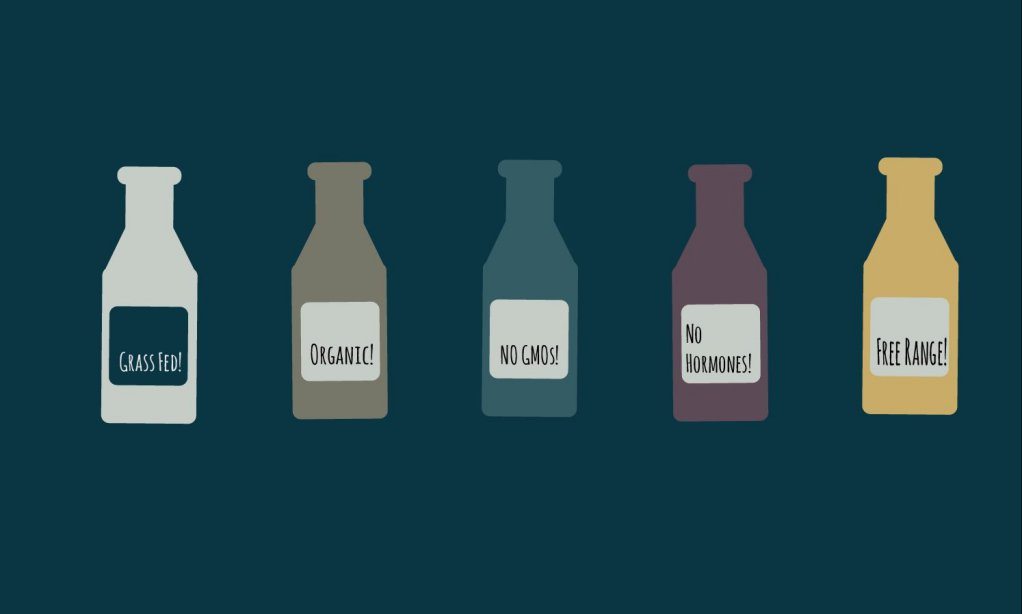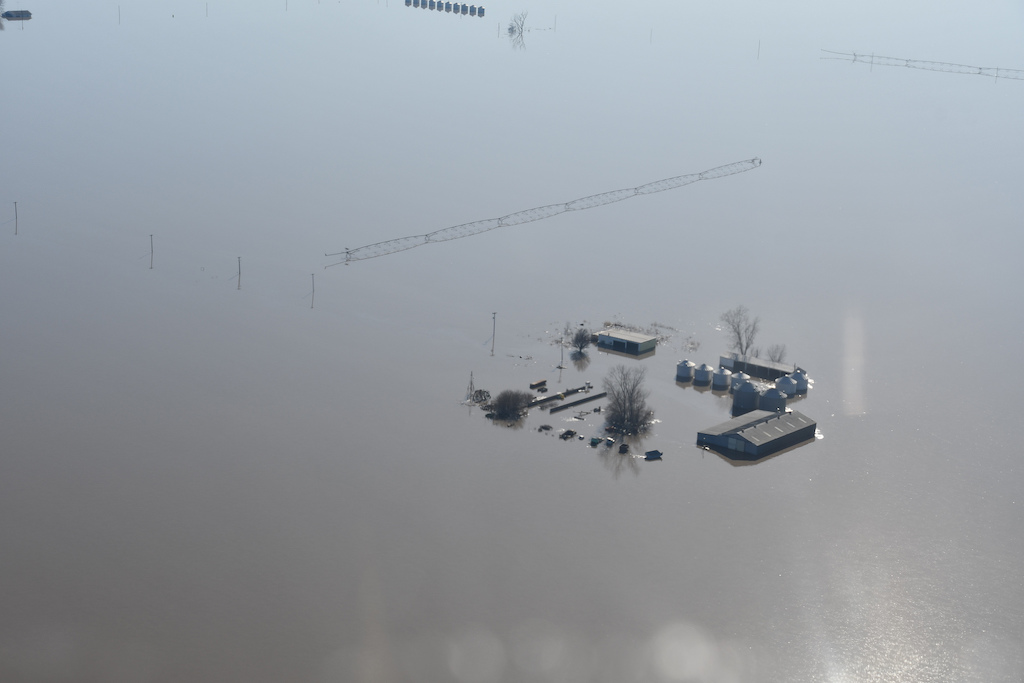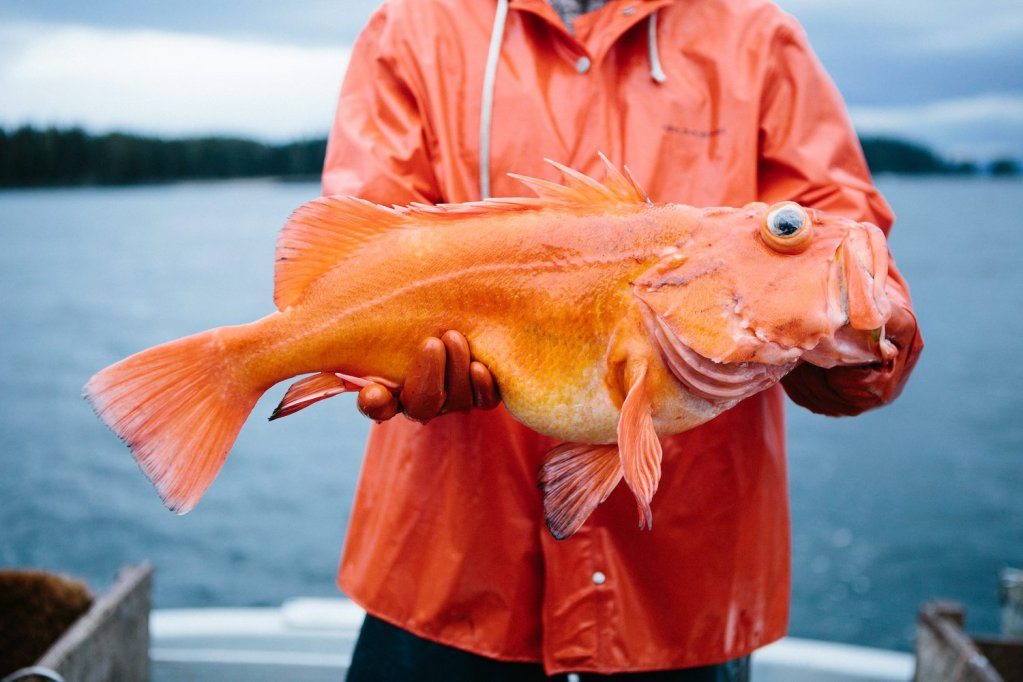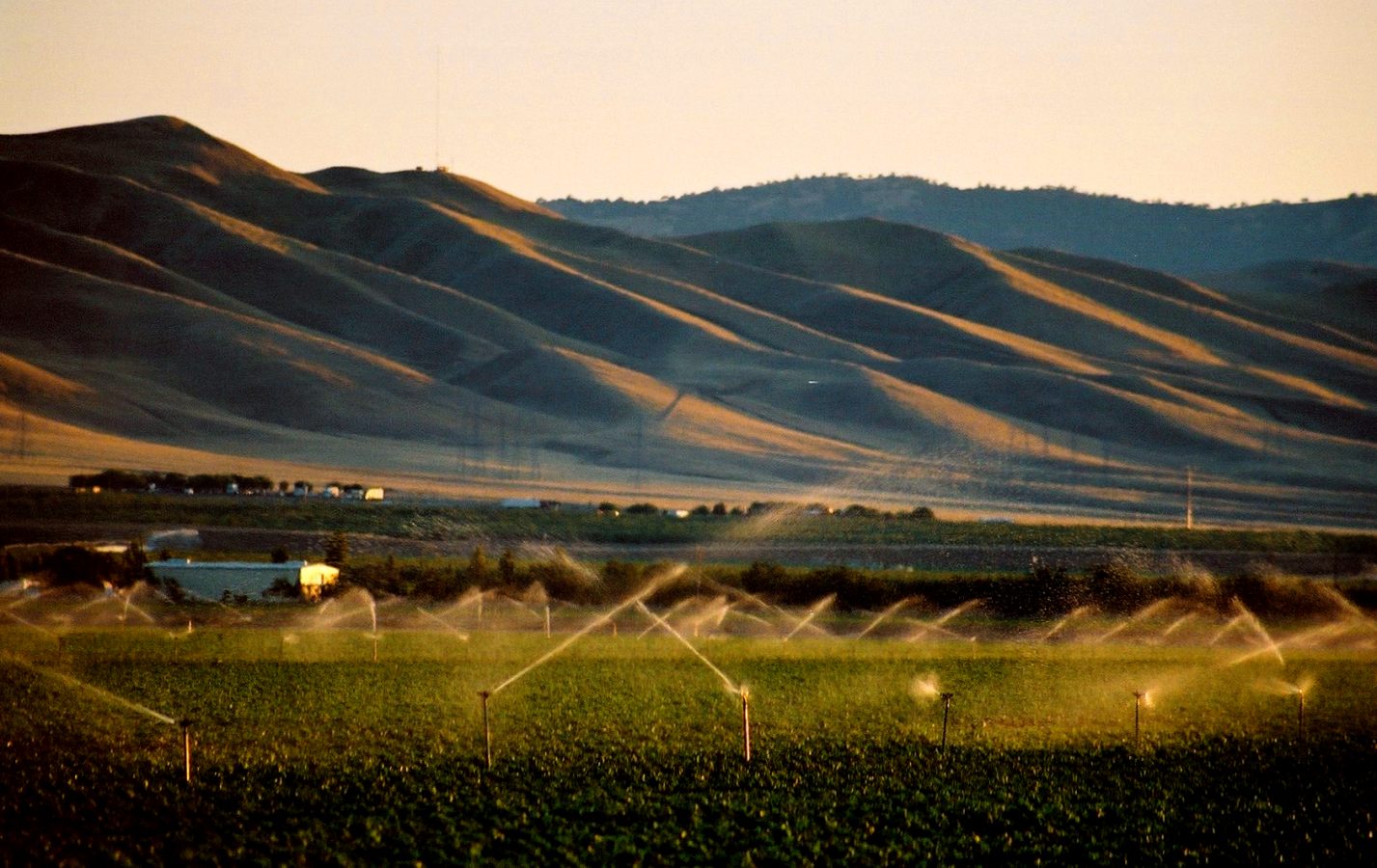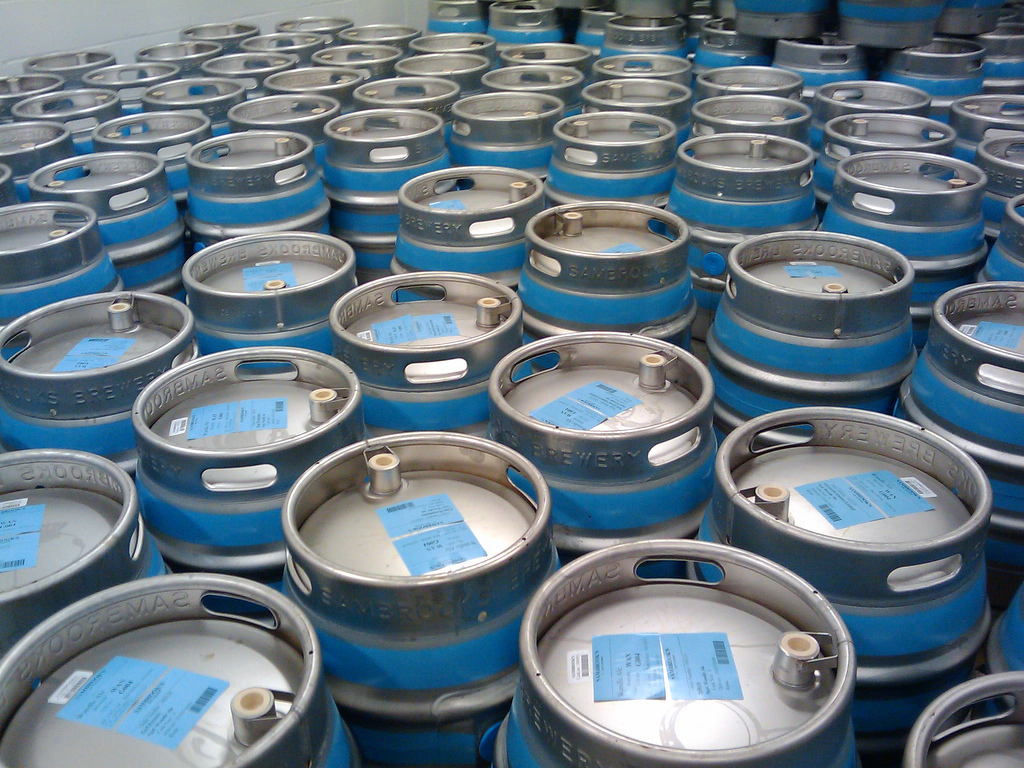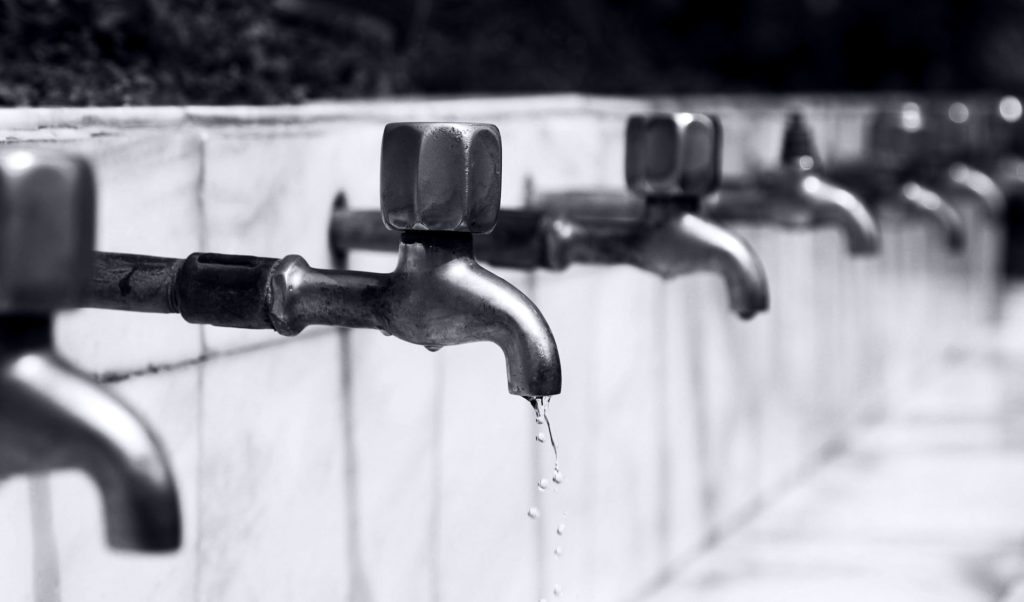
Things get desperate fast when people can’t trust the tap. The contamination of Flint, Michigan’s drinking water was national news throughout 2015 and 2016, as screens all over the country flashed with horrifying images: residents dragging bottles of discolored tap water to town hearings, or carting home bottled rations handed out by the Michigan National Guard, while alarming health symptoms became ever more frequent. By now, we can all recognize that Flint was a municipal tragedy of the highest order, a disaster that should have been stopped long before it started. But the thing people don’t realize is that there are other Flints, all across the country. And they don’t make the news.
“We know that there are other Flints,” Marc Edwards, a professor of environmental and water engineering at Virginia Tech, tells me. (Edwards led the study of contaminants in Flint’s water system that helped galvanize the public and spur the city into action.) “The only thing unusual in Flint is that we realized in real-time how bad things were getting, and a massive relief effort was undertaken to help citizens in that city. But EPA itself has acknowledged that there are a lot of little Flints out there, especially in small-town, rural America and post-industrial cities where people are not following the law, residents are not being told, a false sense of security has been created, and people are getting hurt. I don’t think there’s any disputing that.”
Of course, there’s still plenty of great drinking water in the United States, which is why Edwards has helped coin a term to describe the nature of the problem: “infrastructure inequality.” In many of the poorest sections of the country, citizens routinely go without basic benefits of civilized society. Some of them have reason to believe that even the local water—that fundamental, essential resource—can’t be trusted.
A new report released on Tuesday by the National Resources Defense Council (NRDC) paints a stark picture: the country’s public water systems are in peril, and the regulatory system meant to police them is lagging desperately behind. According to the report, more than 5,000 local water systems violated at least one health-based provision of the Safe Drinking Water Act (SDWA) in 2015—systems that, taken together, serve about 27 million people. Rural areas seem to be the hardest hit. According to the report, water systems serving fewer than 500 people accounted for more than half of these violations.
Though the high number of violations is alarming, it’s also cause for comfort—each one is an example of a regulatory system functioning the way it’s supposed to. The problem is that the vast majority of violations probably aren’t getting reported in the first place.
In 2015, 76.9 million people were served by community water systems with at least one violation of the Safe Drinking Water Act. Populations are shaded at the county level to show the number of residents served by systems with violations
But there are reasons to believe that even the chemicals we do monitor are widely underreported. Though the NRDC report found more than 12,000 health-based violations in 2015, it found even more violations related to compliance and transparency: nearly 70,000 instances of failing to test water properly, or failing to report contamination altogether. According to the report, this means as many as 50 million Americans, almost a sixth of the population, simply don’t know whether their water is safe: a risk was never communicated, or officials just weren’t watching. Meanwhile, EPA—overtaxed and underfunded—took formal action in only 13.1 percent of these cases.
When it comes to dubious water safety, 50 million Americans is a scary number. But even this estimate is probably too low.
First, the report suggests that there’s likely a number of “safe” false positives. Because many pesticides and chemicals are screened for on only a quarterly basis, or even less often, it’s easy to miss acute downturns in water quality. That’s a risk in agricultural regions, where spraying happens seasonally, and where contaminant levels can easily increase fourfold depending on the time of year.
Then, the vast majority of violations—or what should be violations—are simply never tracked, a fact EPA readily acknowledges. In 2004, an EPA audit found that only 65 percent of health-related violations and only 23 percent of monitoring violations were being properly reported. More recently, the agency acknowledged that “audits and assessments have shown that violation data are substantially incomplete.” In some places, officials may be obfuscating or outright falsfying data to spare themselves headaches, financial cost, or public shame. In others, especially in towns and cities where the population has plummeted, they may simply be too cash-strapped to comply. Whatever the reason, the picture remains mostly incomplete. According to NRDC, a ten-year-old EPA inspector general’s report found that up to 30 percent of the data supplied by audited states was incomplete, problematic, or potentially fake.
“Our paradigm was that you get the water you can afford. And that worked—when you had stable, growing city populations,” Edwards says. “But when you have cities like Flint, Michigan that lost 60 percent of its population, or Ranger, Texas which lost 90 percent of its population, the people left behind cannot afford to pay to maintain the infrastructure they have. Much less, upgrade it to the point they can meet federal law.”
Despite all this, Edwards, who has worked on water quality issues for more than a decade, is feeling optimistic. He sees media scrutiny as a positive sign: not just the coverage of Flint, but a recent USA Today series on the widespread lead contamination of public drinking water, or a recent Daily Show episode spotlighting the plight of Ranger, Texas.
Water crosses state lines and regional boundaries, flowing east to west and north to south. We all need it to survive. If there’s one national issue that receives bipartisan support, shouldn’t it be this?
“For eight years, it was very lonely. But I really feel a momentum here that’s going to force change,” Edwards says. “There’s something about this that makes everyone mad. It affects their most vulnerable, elderly, and youngest children, and if we can’t support a basic level of civilization, what kind of society have we become? We’re not asking for anything new. We’re asking that we maintain the civilization that we once had and took for granted.”





